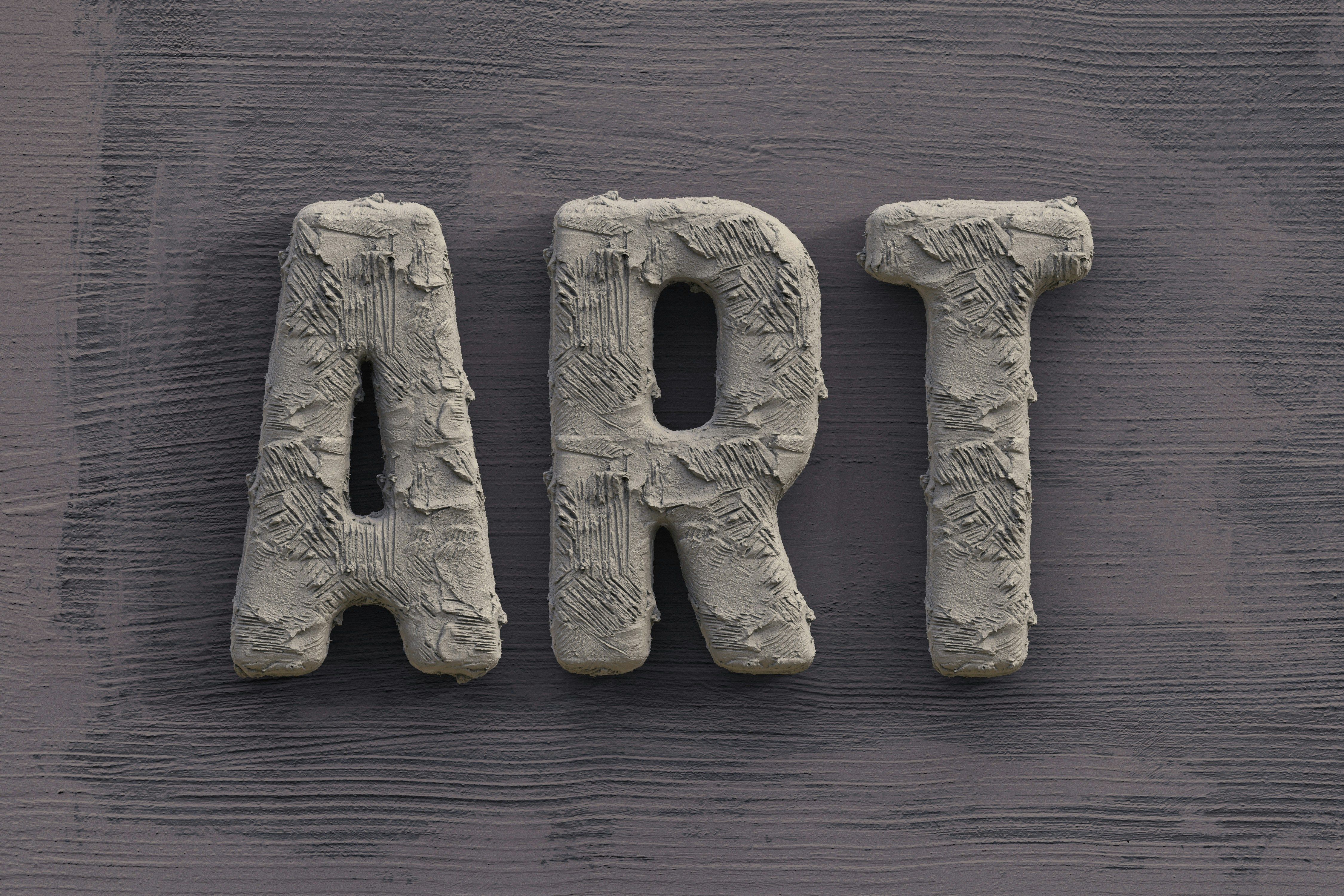A Comparative Study of Syntax and Morphology
Syntax and morphology are two fundamental aspects of language that govern how words are organised and formed.
14-08-2025The words we use, the way we use them, and the meanings we assign to them can perpetuate or challenge existing gender stereotypes and biases.
Language is a powerful mirror reflecting societal values, and it often reveals deep-seated gender biases that perpetuate stereotypes and inequalities. The words we use, the way we use them, and the meanings we assign to them can perpetuate or challenge existing gender stereotypes and biases. This long-standing gender bias has led to many different rational and irrational movements, such as the feminist movement. Thus, this article focuses on some aspects where our languages reflect gender biases.
Every day, language often contains words and expressions that reveal gender stereotypes. For example, terms like "chairman," "policeman," and "fireman" imply that these roles are traditionally male, even when women occupy them. On the other hand, terms like "nurse" or "secretary" are often automatically linked to women. These associations are not accidental; they reflect long-standing social roles assigned to genders. Additionally, some languages assign gender to nouns, making it difficult to describe certain roles or professions without automatically suggesting masculinity or femininity. For instance, in French, German, and Spanish, nouns carry gender, and many professions have masculine forms by default.
Gender bias also appears in how men and women are described. Research shows that women are often defined by their appearance, marital status, or emotional behaviour, while men are described based on their achievements, strength, and independence. For example, calling a man "assertive" is usually seen positively, but calling a woman "bossy" for the same behaviour reflects bias. Similarly, in media and literature, female characters may be referred to in terms of their relationships to others (like "mother of three" or "wife of a politician") while male characters are introduced with their job titles or accomplishments.
Gender biases appear not only in vocabulary but also in communication styles. Studies have shown that women are more likely to use polite forms, hedging phrases like "I think" or "maybe," and tag questions like "isn't it?" This is often a reflection of social expectations that women should be less direct. Meanwhile, men are socially conditioned to speak with more authority and fewer qualifiers. Though these speech patterns may seem natural, they are often a result of cultural expectations that shape how people of different genders speak and are perceived.
In recent years, there has been a strong movement toward using gender-neutral language. This involves replacing biased terms with inclusive alternatives. For example: • Using "chairperson" instead of "chairman" • Saying "police officer" instead of "policeman" • Referring to "they" as a singular pronoun for unknown or non-binary gender instead of always using "he" or "she" Many institutions, especially in education, media, and government, are adopting guidelines to promote gender-fair language. This shift aims to reduce unconscious bias and promote equality.
Language reflects the society that speaks it. For centuries, gender biases have been embedded in the way we speak and write. However, as awareness grows, there is a collective effort to change language use and create a more equal and respectful communication environment. By choosing words carefully and encouraging gender-neutral expressions, we can begin to challenge and eventually overcome the biases hidden in our everyday language.
Spread the Knowledge! 🚀
Found this article useful? Click the Share button below and let others benefit too!

Syntax and morphology are two fundamental aspects of language that govern how words are organised and formed.
14-08-2025
From the shape of its letters to the beat of its poetry, from metaphors that move us to jokes that make us laugh, language is art in action.
08-08-2025
Using Yoruba in your daily interactions, especially with elders or native speakers, shows respect, cultural pride, and connection.
07-08-2025